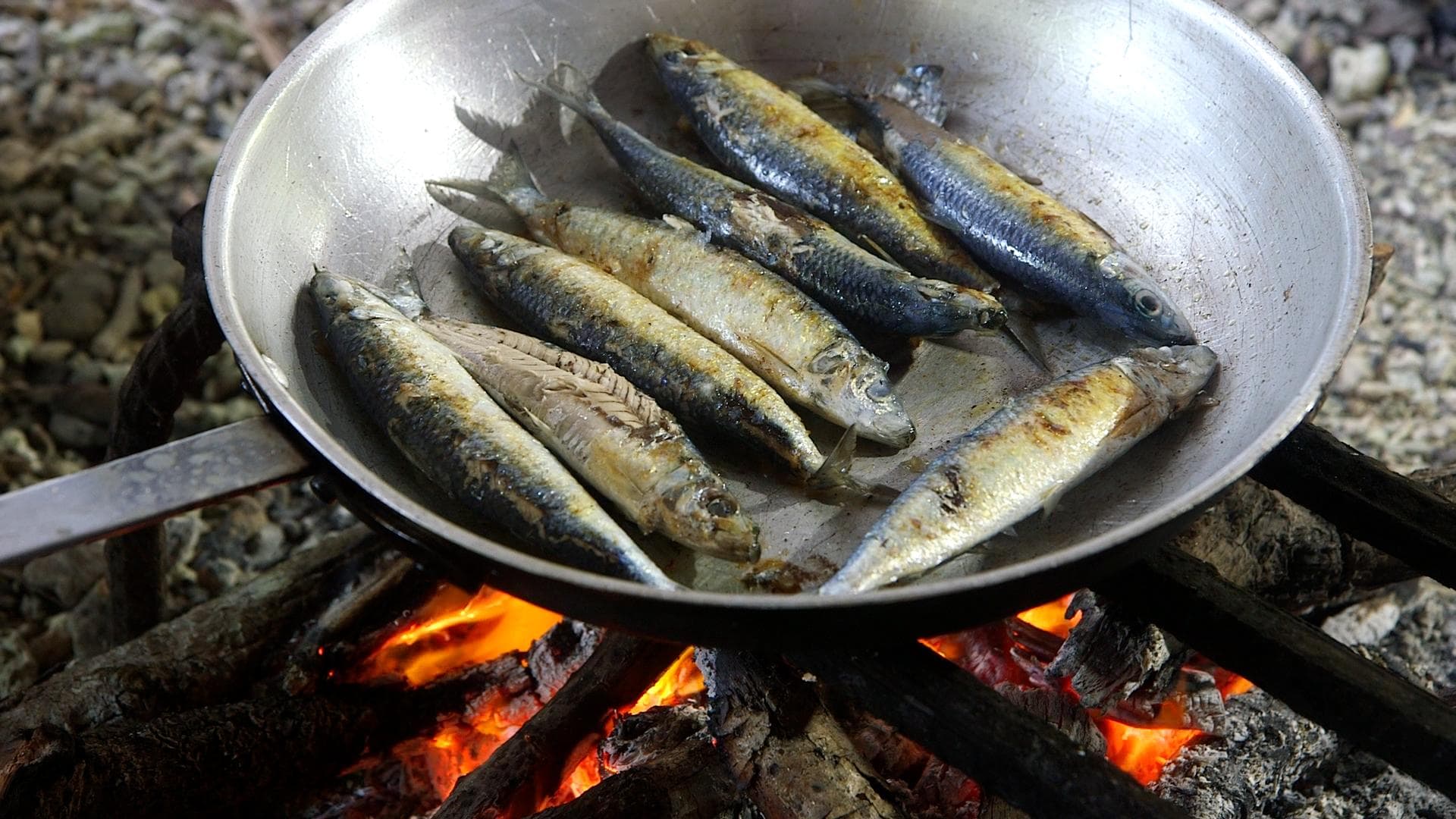UNFSS solution cluster puts aquatic foods at the center of food systems transformation

Aquatic foods are the cornerstone of diets, livelihoods and cultures of many poor and vulnerable communities around the world. Despite their unique value and benefits, they are managed as a natural resource, and not as a critical component of strategies to deliver healthy, sustainable and equitable food systems. By prioritizing aquatic foods in the food systems agenda and food and nutrition research, policy and investments, we can make multiple wins toward the Sustainable Development Goals.
Related news
-

Reinventing Kenya’s Snack Future with Dryland Grains
International Crops Research Institute for the Semi-Arid Tropics (ICRISAT)21.11.25-
Nutrition
-
Poverty reduction, livelihoods & jobs
Faces of Impact - Video Feature Story On a quiet backstreet in Mihango, Kenya, the…
Read more -
-

COP30 can enable Greening Plant Nutrition in East and Southern Africa
International Rice Research Institute (IRRI)17.11.25-
Nutrition
Image creditAfrica rice farming by majimazuri21, Pixabay Licence By Jamie Males (republished from …
Read more -
-

Positioning healthier rice varieties in Odisha for market demand and farmer income
International Rice Research Institute (IRRI)28.10.25-
Nutrition
-
Poverty reduction, livelihoods & jobs
In western Odisha, farmer groups and women’s self-help groups are taking the lead in bringing…
Read more -
